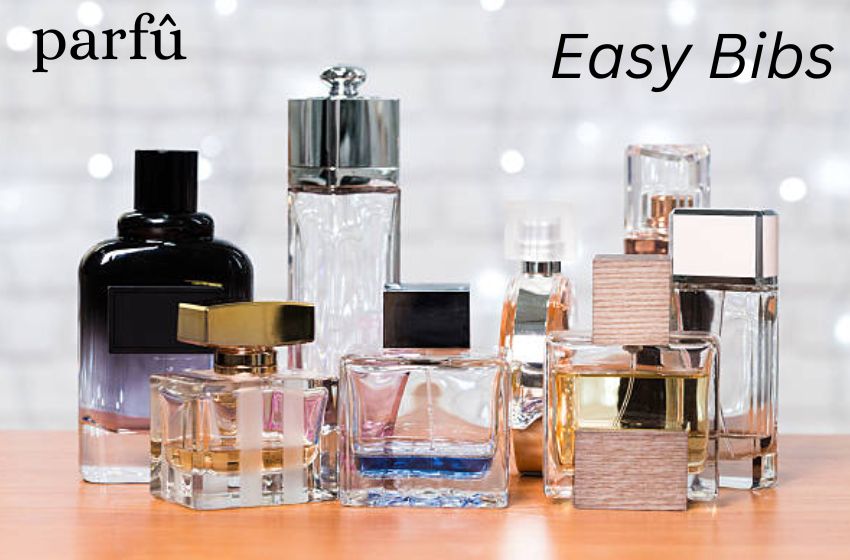Parfû, often synonymous with luxury and personal expression, is more than just a fragrant liquid. It embodies a rich history, intricate craftsmanship, and a sensory experience that has captivated humans for centuries. In this article, we delve deep into the world of parfû, exploring its origins, composition, types, and the art of its application.
Table of Contents
ToggleThe Historical Roots of Parfû
The story of parfû dates back to ancient civilizations, where fragrances were an integral part of daily life and rituals. The ancient Egyptians, known for their advanced perfumery skills, used parfû in religious ceremonies, for personal hygiene, and as offerings to their gods. This tradition spread to Greece and Rome, where parfû became a symbol of status and luxury.
During the Middle Ages, the art of parfû making flourished in Europe, particularly in France. French perfumers perfected the craft, and France soon became the epicenter of the global parfû industry. By the 19th and 20th centuries, the introduction of synthetic ingredients revolutionized the industry, allowing for a broader range of scents and making parfû more accessible to the masses.
The Composition of Parfû
Creating a parfû is an intricate process that combines various ingredients to achieve a harmonious blend of scents. The primary components of parfû include essential oils, alcohol, water, and fixatives.
- Essential Oils: These are extracted from plants and flowers and form the core scent of the parfû.
- Alcohol and Water: These are used as solvents to dilute the essential oils and create the desired concentration.
- Fixatives: These substances help stabilize the fragrance and prolong its scent on the skin.
The balance and quality of these ingredients determine the final character of the parfû, making each fragrance unique and distinct.
Types of Parfû: Concentrations and Characteristics
Parfû comes in various concentrations, each offering a different intensity and longevity. Understanding these types can help you choose the right parfû for any occasion.
- Parfum (Perfume): The most concentrated form, containing 20-30% pure perfume essence. It offers the longest-lasting scent, often lingering for more than 24 hours.
- Eau de Parfum: Slightly less concentrated, with 15-20% perfume essence. It provides a strong scent that can last up to 8 hours.
- Eau de Toilette: Lighter concentration, with 5-15% perfume essence. This type is suitable for everyday use and typically lasts 4-6 hours.
- Eau de Cologne: The lightest form, containing 2-4% perfume essence. It offers a fresh, short-lived scent ideal for casual wear.
The Art of Scent: Perfume Notes
A well-crafted parfû is composed of three distinct layers of notes that unfold over time, creating a dynamic and evolving scent experience.
- Top Notes: The initial scent perceived immediately upon application. These are usually light and fresh, lasting for about 15-30 minutes.
- Heart Notes: The core of the fragrance that emerges after the top notes fade. These notes form the main body of the parfû and last for 2-4 hours.
- Base Notes: The final and longest-lasting layer, providing depth and richness. Base notes can linger on the skin for several hours, often up to 24 hours.
Popular Perfume Notes and Their Characteristics
Different notes in a parfû cater to various preferences and moods. Some popular notes include:
- Floral Notes: Rose, jasmine, and lavender, known for their romantic and soft scents.
- Citrus Notes: Lemon, bergamot, and orange, offering fresh and invigorating aromas.
- Spicy Notes: Cinnamon, clove, and nutmeg, providing warm and exotic scents.
- Woody Notes: Sandalwood, cedarwood, and patchouli, adding depth and sophistication.
Parfû Brands: Luxury and Niche
The world of parfû is dominated by both luxury and niche brands, each bringing its unique approach to fragrance creation.
- Luxury Brands: Chanel, Dior, Gucci, and Hermès are renowned for their timeless and iconic scents, often associated with elegance and sophistication.
- Niche Brands: Smaller, artisanal brands like Jo Malone, Byredo, and Diptyque are celebrated for their innovative and unique fragrances, catering to a more discerning audience.
Market Trends in Parfû
The parfû industry continuously evolves, driven by consumer preferences and technological advancements. Some notable trends include:
- Customization: Increasing demand for personalized fragrances tailored to individual preferences.
- Sustainability: A growing focus on eco-friendly and sustainable ingredients and packaging.
- Gender-neutral Scents: The rise of unisex fragrances that appeal to all genders.
Application Tips for Parfû
Applying parfû is an art that can enhance its longevity and impact. Here are some tips to get the most out of your fragrance:
- Pulse Points: Apply parfû to pulse points like wrists, neck, and behind the ears for better diffusion.
- Layering: Use matching body lotions or shower gels to enhance and prolong the scent.
- Avoid Rubbing: Do not rub the parfû into the skin, as it can alter the fragrance.
Perfume Care: Maintaining Quality
To ensure your parfû retains its quality and potency, proper storage is essential:
- Cool, Dry Place: Store parfû in a cool, dry place away from direct sunlight.
- Keep Tightly Closed: Ensure the bottle is tightly closed to prevent evaporation.
Conclusion: Embracing the World of Parfû
The enchanting world of parfû is a testament to the blend of art and science, history and innovation. Whether you’re drawn to the classic scents of luxury brands or the unique offerings of niche perfumers, understanding the intricacies of parfû enhances your appreciation for this timeless art. As you explore the diverse range of fragrances, remember to consider the notes, concentration, and application tips to find the perfect parfû that resonates with your personality and style. At Easy Bibs, we celebrate the elegance and allure of parfû, inviting you to embark on your own fragrant journey.


